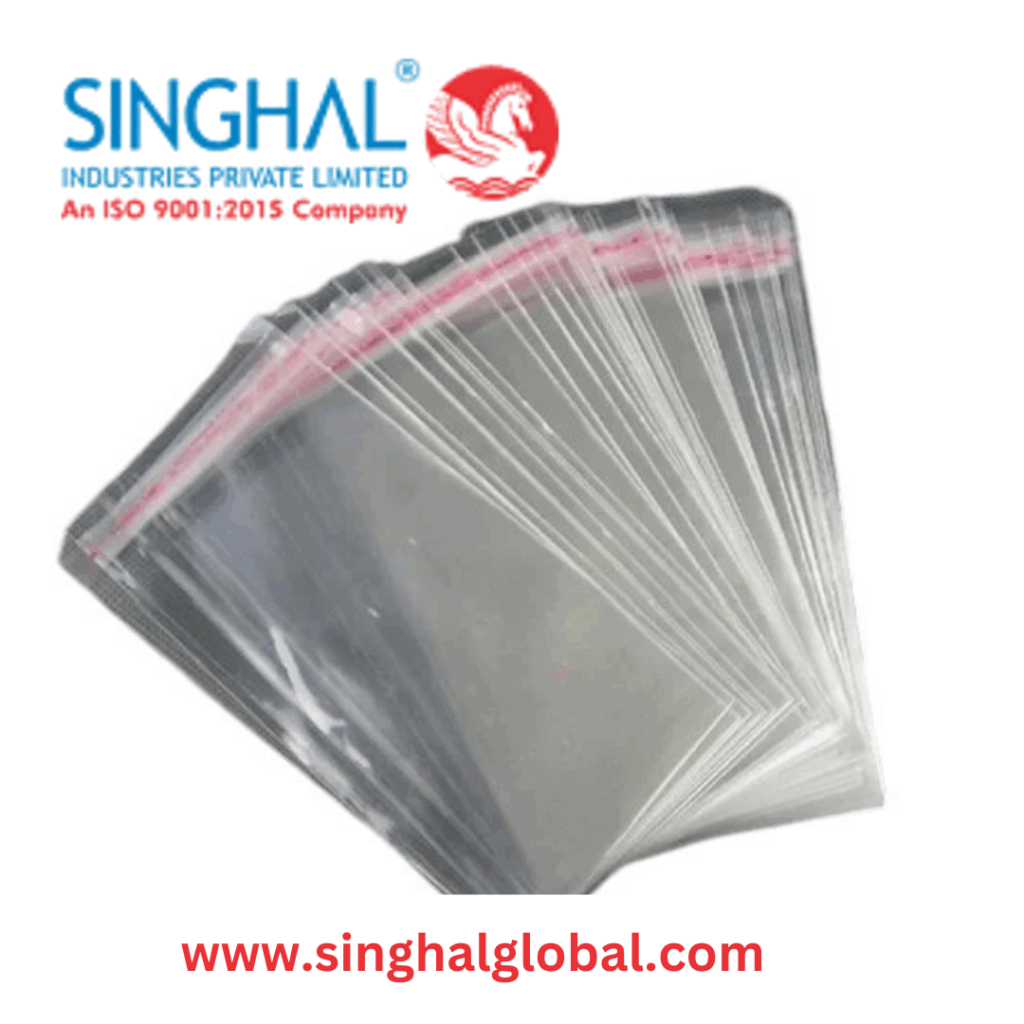Bare conductor play a pivotal role in modern electrical infrastructure, especially in overhead power transmission and grounding systems. This guide will help you fully understand what bare conductors are, how they’re used, what types are available, and how to select the right one for your project.
🔌 What Is a Bare Conductor?
A bare conductor is an electrical conductor without insulation. Unlike insulated wires, bare conductors are exposed metal—typically aluminum or copper—used where insulation is unnecessary or undesirable, such as:
-
Overhead power lines
-
Grounding systems
-
Busbars and substations
-
Railway electrification
These conductors are chosen for their high conductivity, durability, and cost-effectiveness in open-air installations.
📋 Key Characteristics of Bare Conductors
| Property | Description |
|---|---|
| Material | Aluminum, copper, or aluminum alloy |
| Insulation | None |
| Application | Transmission lines, grounding, industrial facilities |
| Heat Resistance | High, especially for ACSR and AACSR types |
| Corrosion Resistance | Variable depending on material and environment |
| Stranding | Stranded to enhance flexibility and mechanical strength |
⚙️ Common Types of Bare Conductors
Here’s a breakdown of the most widely used bare conductors in the industry:
1. AAC (All Aluminum Conductor)
-
Made of: 1350-grade aluminum wires
-
Best For: Short distance transmission in urban areas
-
Strength: Moderate
-
Corrosion Resistance: High
2. AAAC (All Aluminum Alloy Conductor)
-
Made of: Aluminum-magnesium-silicon alloy
-
Best For: Coastal or high-corrosion environments
-
Strength: Higher than AAC
-
Weight: Lightweight
3. ACSR (Aluminum Conductor Steel Reinforced)
-
Made of: Aluminum strands with a galvanized steel core
-
Best For: Long distance, high-voltage transmission
-
Strength: Very high tensile strength
-
Drawback: Lower corrosion resistance than AAAC
4. ACAR (Aluminum Conductor Alloy Reinforced)
-
Made of: Aluminum strands and alloy core
-
Best For: Higher ampacity and moderate span lengths
-
Balanced Performance: Between ACSR and AAAC
✅ Advantages of Using Bare Conductors
Using bare conductors in power infrastructure offers multiple benefits:
-
Cost Efficiency: No insulation means lower manufacturing and installation costs
-
Heat Dissipation: Excellent thermal performance in high-load applications
-
Lightweight Options: Aluminum options reduce structural stress
-
High Conductivity: Especially in copper variants
-
Durability: With proper materials, can last decades in harsh environments
🧠 Expert Insights: When to Use Bare Conductors
-
Open Environments: Perfect for areas where insulation isn’t necessary (like overhead lines)
-
High Current Applications: Where heat needs to dissipate quickly
-
Grounding Systems: For neutral grounding and surge protection
-
Industrial Substations: Bare copper busbars are commonly used
📊 Comparative Table: AAC vs AAAC vs ACSR vs ACAR
| Feature | AAC | AAAC | ACSR | ACAR |
|---|---|---|---|---|
| Material | Pure Aluminum | Aluminum Alloy | Aluminum + Steel | Aluminum + Alloy |
| Tensile Strength | Low | Medium | High | Medium-High |
| Corrosion Resistance | Good | Excellent | Fair | Good |
| Cost | Low | Medium | Medium | Medium |
| Weight | Light | Lightest | Medium | Medium |
| Application | Urban power | Coastal areas | Long transmission | Flexible systems |
🛠️ How to Select the Right Bare Conductor
Choosing the correct bare conductor depends on several technical and environmental factors:
✅ Step-by-Step Selection Criteria:
-
Voltage Rating
Match the conductor to the transmission voltage level (11kV, 33kV, 132kV, etc.) -
Span Length & Terrain
Use ACSR for longer spans and rough terrain due to its steel core. -
Weather Conditions
In coastal or industrial areas, opt for corrosion-resistant AAAC or ACAR. -
Current Carrying Capacity (Ampacity)
Ensure the conductor meets or exceeds required load demand. -
Budget Constraints
AAC offers cost savings for shorter distances in mild climates.
💬 Frequently Asked Questions (FAQs)
🔹 Is a bare conductor safe to touch?
No. A bare conductor is live (when energized) and can be fatal upon contact. It must only be handled by professionals with proper safety equipment.
🔹 Why don’t we use insulated wires for transmission lines?
Insulating long-distance wires is not cost-effective and may hinder heat dissipation. Open-air installations allow bare conductors to cool naturally, improving efficiency.
🔹 Which is better: aluminum or copper bare conductor?
-
Copper: Higher conductivity, better for grounding, but more expensive.
-
Aluminum: Lighter and cheaper, widely used for overhead transmission.
🔹 How long does a bare conductor last?
Depending on material and environment, a bare conductor can last 30 to 50 years or more with proper maintenance.
🔹 Are bare conductors environmentally friendly?
Yes. Most bare conductors are 100% recyclable, and their long service life reduces waste.
🔍 Application Examples
-
Transmission Towers: ACSR and AAAC conductors carry power over long distances with minimal sag.
-
Grounding Rods: Bare copper wire used for deep grounding to protect against lightning.
-
Substation Busbars: Flat bare copper strips used to distribute electrical currents in high-capacity zones.
🧩 Pro Tips From Industry Experts
-
Always check sag and tension calculations before selecting conductor size.
-
Use corrosion inhibitors when installing in industrial or coastal zones.
-
Avoid undersizing — overloading a bare conductor reduces its lifespan and increases line losses.
-
Prioritize mechanical strength in areas with frequent storms or ice loading.
If you’re planning an upgrade, installation, or procurement of power lines, understanding the specifications and strengths of bare conductors ensures both safety and system reliability. With the right material and engineering considerations, bare conductors continue to be the backbone of global power distribution systems.









